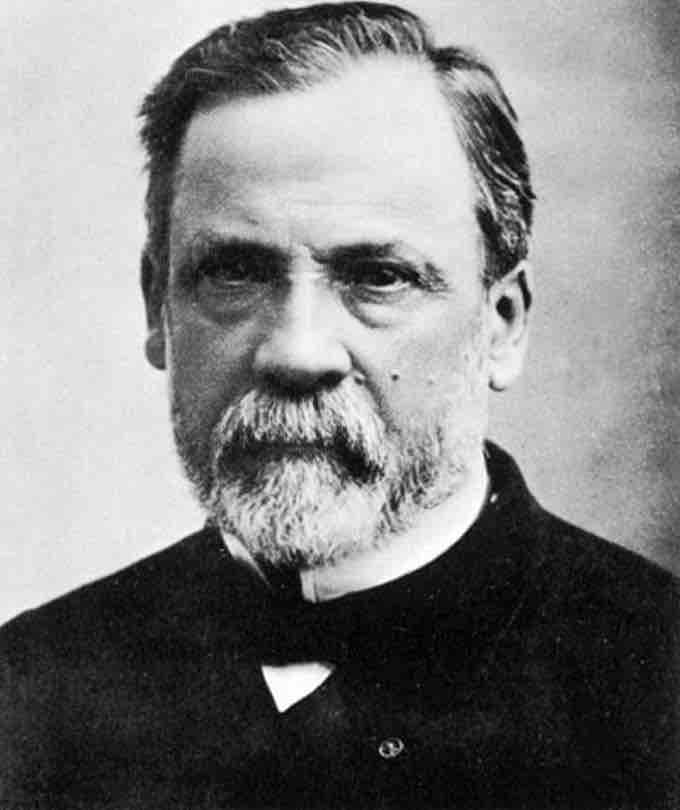Before the early 20th century, treatments for infections were based primarily on medicinal folklore. Mixtures with antimicrobial properties that were used in treatments of infections were described over 2000 years ago. Many ancient cultures, including the ancient Egyptians and ancient Greeks, used specially selected mold and plant materials and extracts to treat infections. More recent observations made in the laboratory of antibiosis between micro-organisms led to the discovery of natural antibacterials produced by microorganisms.
Louis Pasteur observed, "if we could intervene in the antagonism observed between some bacteria, it would offer perhaps the greatest hopes for therapeutics". The term 'antibiosis', meaning "against life," was introduced by the French bacteriologist Vuillemin as a descriptive name of the phenomenon exhibited by these early antibacterial drugs. Antibiosis was first described in 1877 in bacteria when Louis Pasteur and Robert Koch observed that an airborne bacillus could inhibit the growth of Bacillus anthracis. These drugs were later renamed antibiotics by Selman Waksman, an American microbiologist, in 1942.

Louis Pasteur
Louis Pasteur was a French microbiologist and chemist best known for their experiments supporting the Germ theory of disease, and for his vaccinations, most notably the first vaccine against rabies.
John Tyndall first described antagonistic activities by fungi against bacteria in England in 1875. Synthetic antibiotic chemotherapy as a science and development of antibacterials began in Germany with Paul Ehrlich in the late 1880s. Ehrlich noted certain dyes would color human, animal, or bacterial cells, while others did not. He then proposed the idea that it might be possible to create chemicals that would act as a selective drug that would bind to and kill bacteria without harming the human host. After screening hundreds of dyes against various organisms, he discovered a medicinally useful drug, the synthetic antibacterial Salvarsan now called arsphenamine. In 1895, Vincenzo Tiberio, physician of the University of Naples discovered that a mold (Penicillium) in a water well has an antibacterial action. After this initial chemotherapeutic compound proved effective, others pursued similar lines of inquiry, but it was not until in 1928 that Alexander Fleming observed antibiosis against bacteria by a fungus of the genus Penicillium. Fleming postulated the effect was mediated by an antibacterial compound named penicillin, and that its antibacterial properties could be exploited for chemotherapy. He initially characterized some of its biological properties, but he did not pursue its further development.